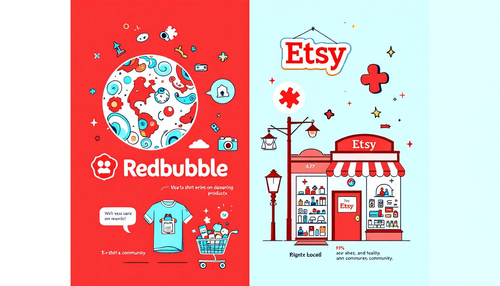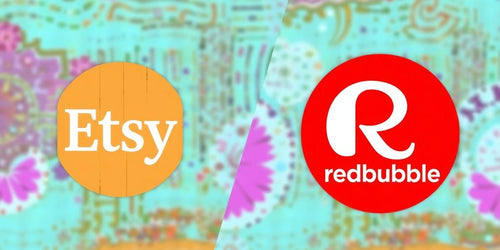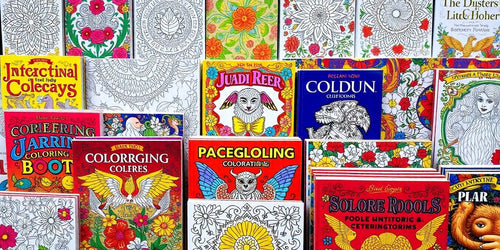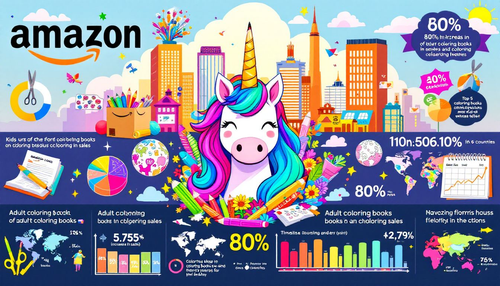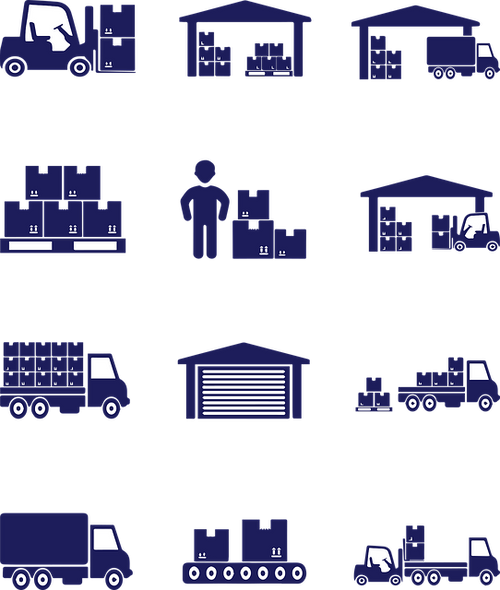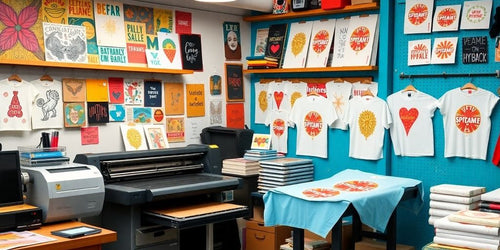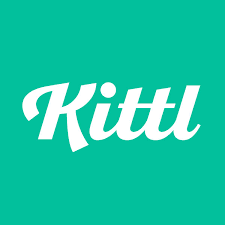
A Comprehensive Guide to Becoming a Web Designer in 2024
Share
Unveiling the World of Web Design: A Step-by-Step Guide
In today's digital age, where online presence reigns supreme, web design has emerged as a highly sought-after and dynamic profession. It's a field that blends creativity, technical proficiency, and a deep understanding of user experience, offering endless opportunities for those who possess a passion for crafting captivating digital spaces. Whether you're a seasoned professional looking to transition or a budding enthusiast eager to learn, this comprehensive guide will provide you with the roadmap to navigate the exciting world of web design and become a successful practitioner in 2024.
1. Building a Solid Foundation: Essential Skills and Tools
Before embarking on the visual aspects of web design, it's crucial to establish a robust technical foundation. This involves mastering the core languages and technologies that form the bedrock of any website. Let's delve into these essential building blocks:
- HTML (HyperText Markup Language): The cornerstone of any website, HTML serves as the blueprint that defines the structure and content. Imagine it as the skeleton that provides shape and organization to your digital creation. You'll learn to create elements like headings, paragraphs, links, and images, effectively arranging and presenting information on your website.
- CSS (Cascading Style Sheets): While HTML dictates the structure, CSS takes center stage in shaping the visual aesthetics of your website. It allows you to control colors, fonts, layout, and responsiveness, transforming your barebones structure into a visually appealing and engaging experience. Mastering CSS opens a world of creative possibilities, allowing you to tailor the look and feel of your website to perfectly align with your design vision.
- JavaScript: The magic ingredient that adds interactivity and dynamism to your websites. JavaScript allows you to create dynamic elements, handle user interactions, and enhance the user experience. Imagine bringing your website to life with animations, smooth transitions, and interactive forms - all made possible by the power of JavaScript.
Beyond these fundamental languages, a well-rounded web designer will also possess familiarity with the following tools and technologies:
- Version Control Systems (e.g., Git): Essential for managing code changes effectively, Git allows you to track revisions, collaborate with others, and revert to previous versions seamlessly. It's a must-have tool for any web designer who works on complex projects or collaborates with a team.
- Command Line Interface (CLI): The command line provides a powerful and efficient way to interact with your computer, navigate files, and execute commands. While it may seem daunting at first, mastering the command line empowers you with greater control and efficiency in your workflow.
- Design Tools (e.g., Adobe Photoshop, Figma): Visualizing your design ideas before translating them into code is crucial. Design tools like Photoshop and Figma provide the canvas for sketching mockups, creating wireframes, and experimenting with different visual concepts. They allow you to bring your creative vision to life before committing to the technical implementation.

2. Transforming Knowledge into Action: Building a Stellar Portfolio
Now that you've laid a strong technical foundation, it's time to put your skills into practice and build a compelling portfolio that showcases your abilities to potential clients and employers. A well-crafted portfolio is your calling card, demonstrating your mastery of web design principles and your ability to deliver high-quality work.
- Embrace Personal Projects: Don't underestimate the value of personal projects. Start by building websites for yourself, friends, or family. This provides a safe space to experiment, refine your skills, and gain confidence in your abilities. Even seemingly simple projects can serve as valuable learning experiences.
- Target Relevant Projects: Choose projects that align with your interests and target audience. For instance, if you're aiming for a career in e-commerce, creating an online store or a product landing page will showcase your expertise in this domain. A tailored portfolio will resonate with potential clients looking for your specific skills.
- Showcase Your Diverse Skillset: Aim to include projects that highlight different aspects of web design, showcasing your versatility and adaptability. This could include websites featuring responsive layouts, dynamic animations, user interactions, or even complex data visualizations. The more diverse your portfolio, the more compelling it will be to potential clients and employers.
- Document Your Design Journey: A valuable addition to your portfolio is documentation of your design process. Explain your choices, the challenges you faced, and the solutions you implemented. This provides valuable insights into your thought process and demonstrates your ability to approach projects strategically and creatively.
3. Expanding Your Design Horizons: Essential Web Design Concepts
While technical prowess is essential, a successful web designer goes beyond coding. Mastering fundamental web design concepts is crucial for creating websites that are not only visually appealing but also user-friendly, effective, and accessible. Let's explore these critical areas:
- User Experience (UX) Design: The heart and soul of web design, UX focuses on understanding user needs and creating intuitive, engaging, and enjoyable experiences. It's about putting the user at the center of your design process, anticipating their needs, and guiding them effortlessly through your website.
- User Interface (UI) Design: UI design focuses on the visual aspects of your website, ensuring that elements are aesthetically pleasing, easy to navigate, and interact with. Think of UI as the user's gateway to your content, and a well-designed UI can significantly enhance their overall experience.
- Information Architecture: The backbone of any website's organization, information architecture focuses on structuring and arranging content in a logical and accessible manner. It's about creating a clear hierarchy of information, making it easy for users to find what they need with minimal effort.
- Accessibility: Ensuring that your website is accessible to all users, regardless of their abilities, is a fundamental principle of ethical and inclusive web design. Accessibility involves considering visual impairments, hearing impairments, motor disabilities, and cognitive differences to ensure that everyone can navigate and interact with your website seamlessly.
- Responsive Design: In today's multi-device world, responsive design is essential. It ensures that your website adapts seamlessly to different screen sizes and devices, from desktops and laptops to tablets and smartphones. A responsive website delivers a consistent and optimal experience across all platforms, providing a crucial edge in the digital landscape.
4. Gaining Real-World Experience: Internships, Freelancing, and Networking
While theory and practice are essential, nothing beats the value of real-world experience. Gaining practical exposure to real projects will accelerate your learning curve and equip you with the skills and confidence needed to succeed in the industry. Consider these pathways to acquire valuable hands-on experience:
- Internships: Internships provide a unique opportunity to work alongside experienced designers, learn industry best practices, and gain practical experience in a professional setting. You'll have the chance to contribute to real projects, work as part of a team, and gain valuable insights into the day-to-day realities of web design.
- Freelancing: Freelancing allows you to build your portfolio, refine your skills, and connect with clients directly. You can start with small projects to gain experience, gradually taking on more complex tasks as you build your expertise and reputation. Freelancing offers flexibility, the opportunity to work on diverse projects, and the chance to build your own client base.
- Networking: Building relationships with other web designers and industry professionals is essential for your growth. Attend industry events, join online communities, and participate in discussions to learn from others, exchange ideas, and stay up-to-date with the latest trends. Networking can lead to valuable opportunities, collaborations, and mentorship.
5. Embracing Continuous Learning: Staying Ahead of the Curve
The web design landscape is constantly evolving, with new technologies, trends, and best practices emerging at a rapid pace. To remain competitive and relevant, continuous learning is crucial. Don't let your skills stagnate; embrace a mindset of lifelong learning to stay ahead of the curve and remain a sought-after web designer.
- Follow Web Design Blogs and Websites: Stay informed about the latest developments, design trends, and emerging technologies by subscribing to industry blogs and websites. Websites like Awwwards, Smashing Magazine, and CSS-Tricks offer valuable insights and inspiration.
- Attend Web Design Conferences and Workshops: Conferences and workshops provide a platform to network with industry leaders, learn from experts, and gain hands-on experience with new tools and techniques. Events like CSS Dev Conf, Fronteers, and the Webby Awards offer opportunities to immerse yourself in the world of web design and connect with like-minded individuals.
- Take Online Courses and Tutorials: Online learning platforms like Udemy, Coursera, and Skillshare offer a vast array of courses and tutorials covering various aspects of web design. From foundational HTML and CSS to advanced JavaScript frameworks and UI/UX principles, you can find resources tailored to your skill level and interests.
Conclusion: Embark on Your Web Design Journey with Confidence

Becoming a successful web designer is not just about mastering technical skills but also about embracing a growth mindset, a passion for creativity, and a commitment to delivering exceptional user experiences. This guide has provided you with a roadmap, equipping you with the knowledge, skills, and resources to embark on your web design journey with confidence. Remember, it's a continuous learning process, so embrace challenges, stay curious, and never stop exploring new possibilities in the ever-evolving world of web design.












